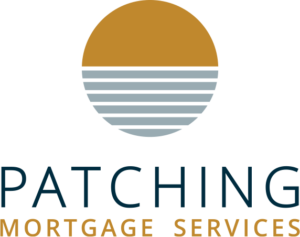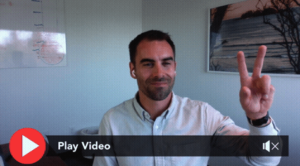Well well well,
Finally some good”ish” news. August Inflation rates came in lower than expected.
- Inflation dropped from 7.60% to 7.0%
- Core inflation reduced from 6.60% to 6.30%
Quick refresher – CPI is the consumer price index which is a measure of the cost of living for the typical person. Core CPI is the CPI minus transportation and food prices
This is a sign that the increases in the Prime rates are working, but I do not believe that the Bank of Canada is done with their rate hikes. They’ve been quite clear that they’re not afraid of putting our economy into negative growth in order to see the inflation rate come down so I believe that they will push forward with another .50% – .75% increase in Prime by the end of the year. At that time, hopefully, we see the end of the rate hikes and everyone’s rates will return back to normal. And when I say normal I mean around 3%
Here are some quick facts:
- The average of the central bank’s three key measures on inflation dropped to 5.23% from a revised 5.43% in July, a record high.
- Markets are fully pricing in a 50 basis-point hike at the Bank of Canada’s decision next month, and another 25 basis point increase in December. BOC Governor Tiff Macklem and his officials are expected to stop hiking there.
- In August, employment levels fell for a third straight month and the unemployment rate jumped to 5.40%, from a record low of 4.90%.
- Food purchased from stores continued to increase — rising 10.8 per cent, the fastest pace since 1981.
- Prices are still rising faster than wages. Last month, the average hourly pay rose 5.40% from a year earlier
- I’ve attached a graph and CPI breakdown to this email for you to see the changes between July and Aug
I figured it would be helpful to do a bit of a case analysis on my own mortgage to see if it’s worth switching to a fixed interest rate knowing that the rate hikes are not finished. Here’s my results.
Current numbers
- Mortgage $750,000
- Penalty to break $8,500 +$1,500 in closing costs
- Payment – $4,100
- Rate – 4.40% variable (ARM)
Switch option – 1 year fixed at 5.04%
- Mortgage $760,000 (mortgage plus closing costs/penalty)
- Payment $4,075
- Amount owing at end of 1 year $748,762
What if the following happened:
- In 1 month IR went up by .75%
- Another 3 months IR went up by .50%
- Stayed the same for 8 months
- Total of 1.25% increase in the Prime rate over the next year
Month 0 – 1
- Mortgage $750,000
- Payment – $4,100
- Rate – 4.4% variable
- Outstanding balance after 3 months $748,615
Next 3 Months
- Mortgage $748,615
- Payment – $4,418
- Rate – 5.15% variable
- Outstanding balance after 3 months $744,881
Next 8 months
- Mortgage $744,881
- Payment – $4,611
- Rate – 5.65% variable
- Outstanding balance after 3 months $735,567
So the facts:
- To switch my mortgage it would cost me $8,500, plus $1,500 for closing costs. Total $10,000
- My payments would increase by:
- First month = $4,100 – $4,075 = $25*3 months = $75
- Next 3 months = $4,418 – $4,075 = $343 * 3months = $1,029
- Last 8 months = $4,611 – $4,075 = $536 * 8 months $4,288
- $5,392 total difference in payment over the next year
- Outstanding balance
- Stay put – $735,567
- Change – $748,762
- Loss of $13,195
In conclusion
If I switched to a 5.04% fixed interest rate, I’d:
- Pay an extra $8,500 – $10,000 in penalties/closing costs.
- My payment would remain at $4,075 for the next year which would relieve my stress of my payment going up any further
If I stayed:
- Payments would increase by $5,392
- My outstanding balance would be $13,195 less than if I switched.
My Mortgage: Staying put for now as financially I do not see any benefit.


